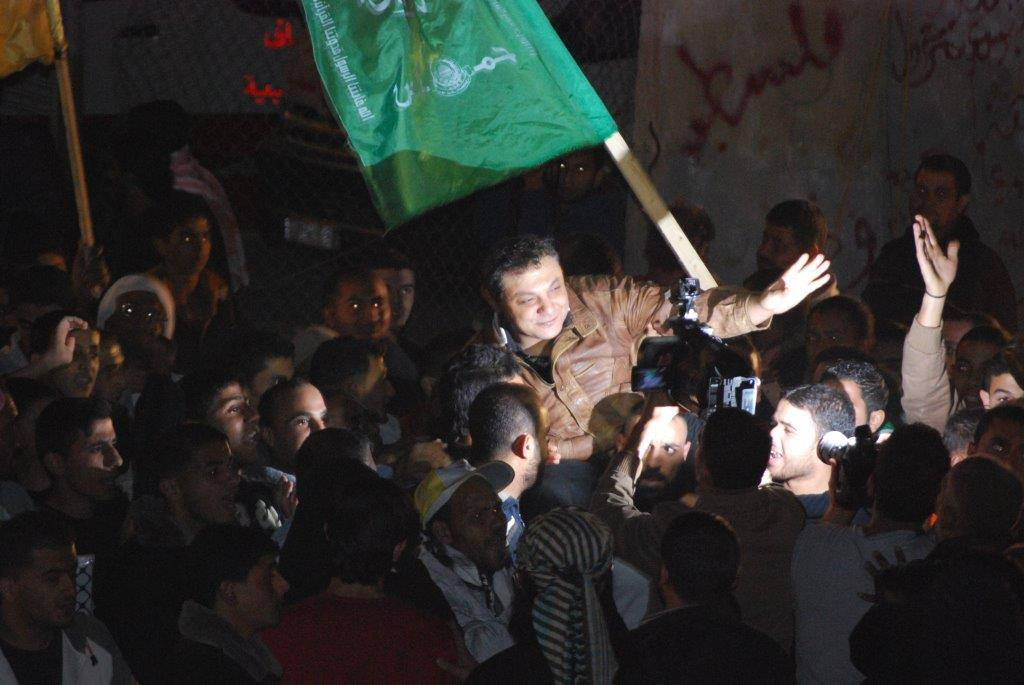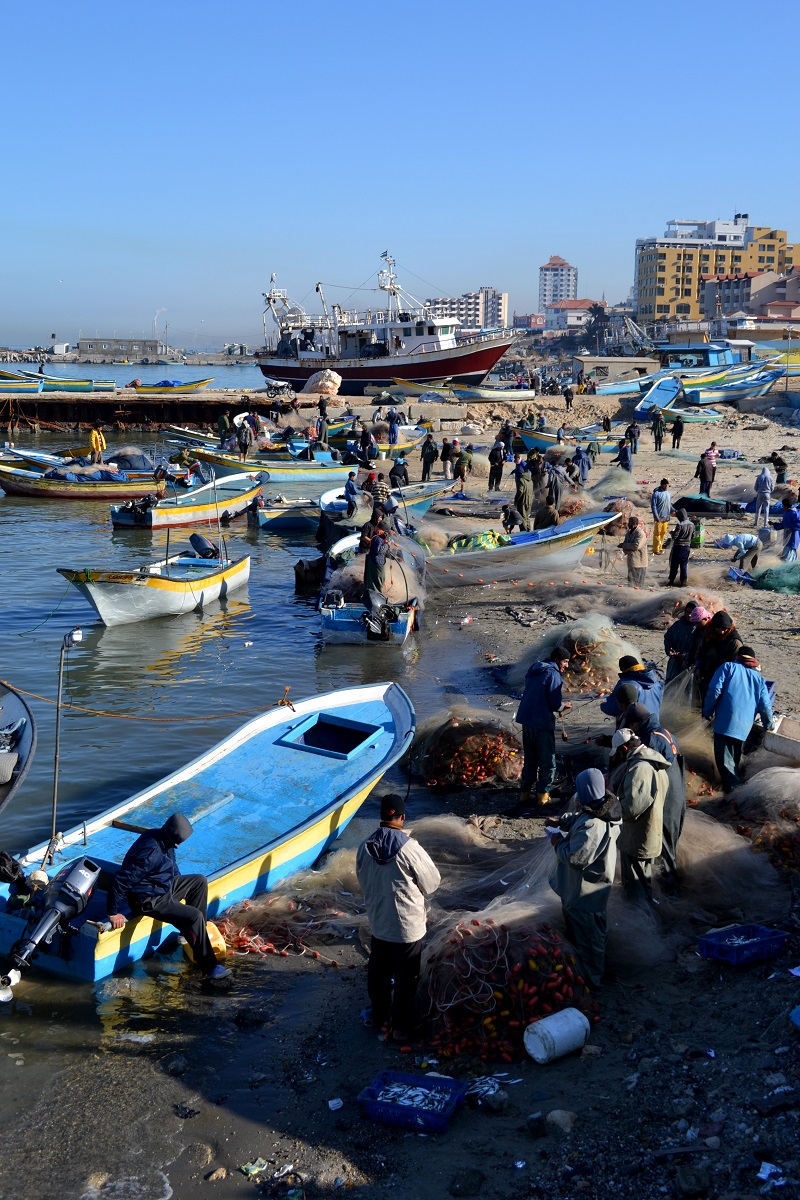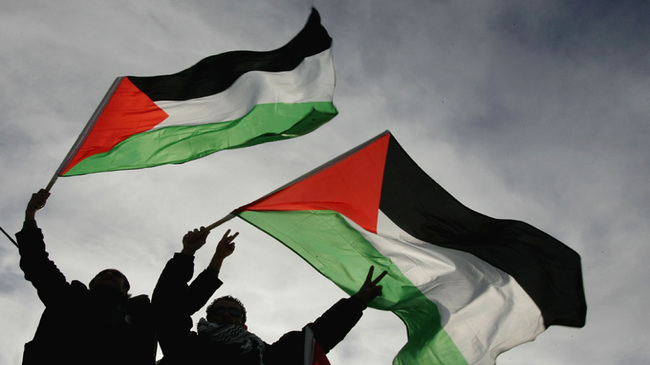Year: 2013
-
Metaphor in Gaza
23rd December 2013 | International Solidarity Movement, Charlie Andreasson | Gaza, Occupied Palestine You stand below a dam because you have discovered cracks where water leaks out. You try to seal them with your bare hands, but they are not enough. The pressure is too high, and the cracks too large. And you scream for…
-
Gaza: “Free the Holy Land sea”
23rd December 2013 | International Solidarity Movement, Rosa Schiano | Gaza, Occupied Palestine “Free the Holy Land sea” was a three-day protest by fishermen in Gaza which began on Tuesday, 17th November. The fishermen, supported by the Palestinian Center for Human Rights and al-Mezan Center for Human Rights, set up a tent at the Gaza…
-
Fundraising call for ISM
Season’s greetings friends! As the holidays fast approach, The International Solidarity Movement comes close to the end of its 13th year standing in solidarity with the Palestinian people. Every year brings new challenges under a ruthless occupation of the West Bank and an unrelenting siege of the Gaza strip, but volunteers with The ISM continue…



